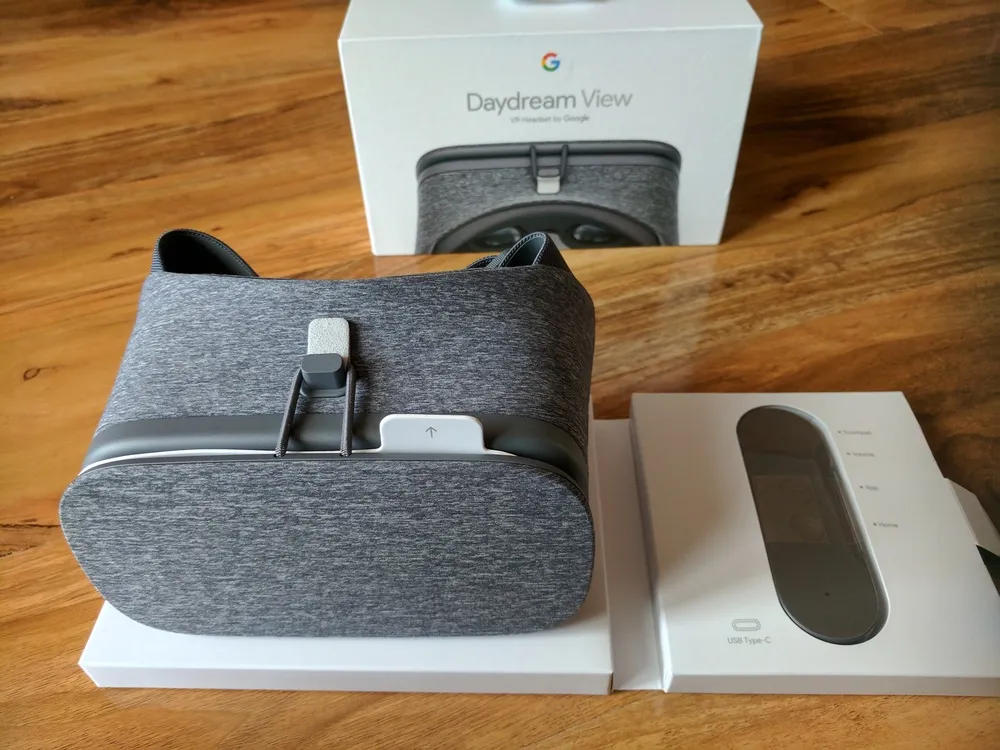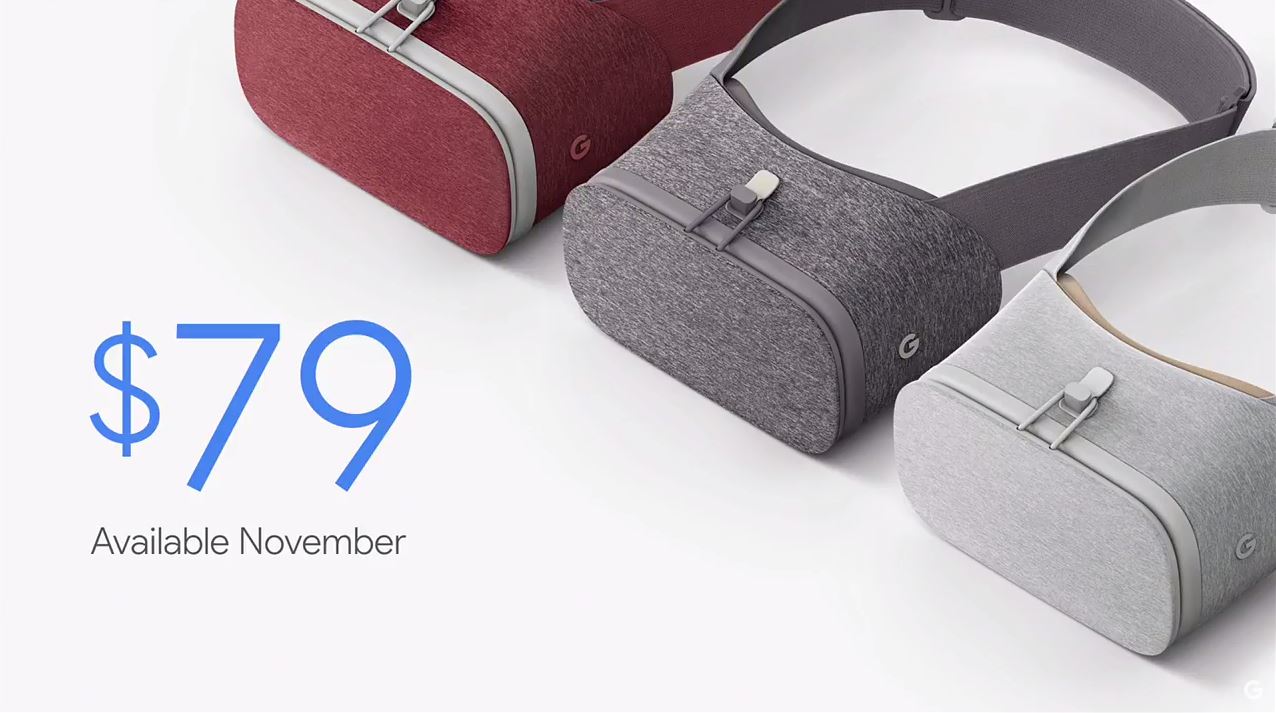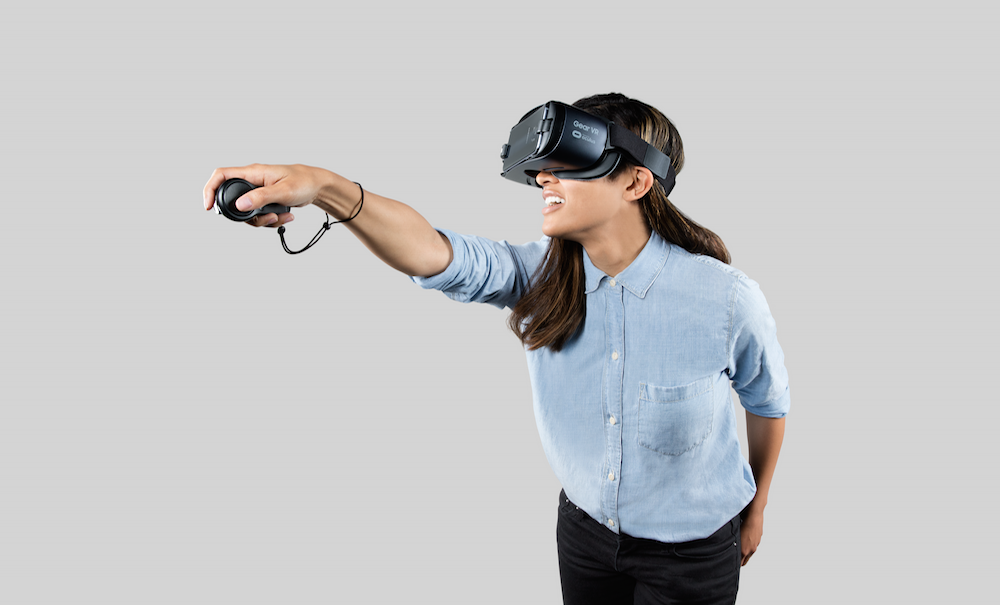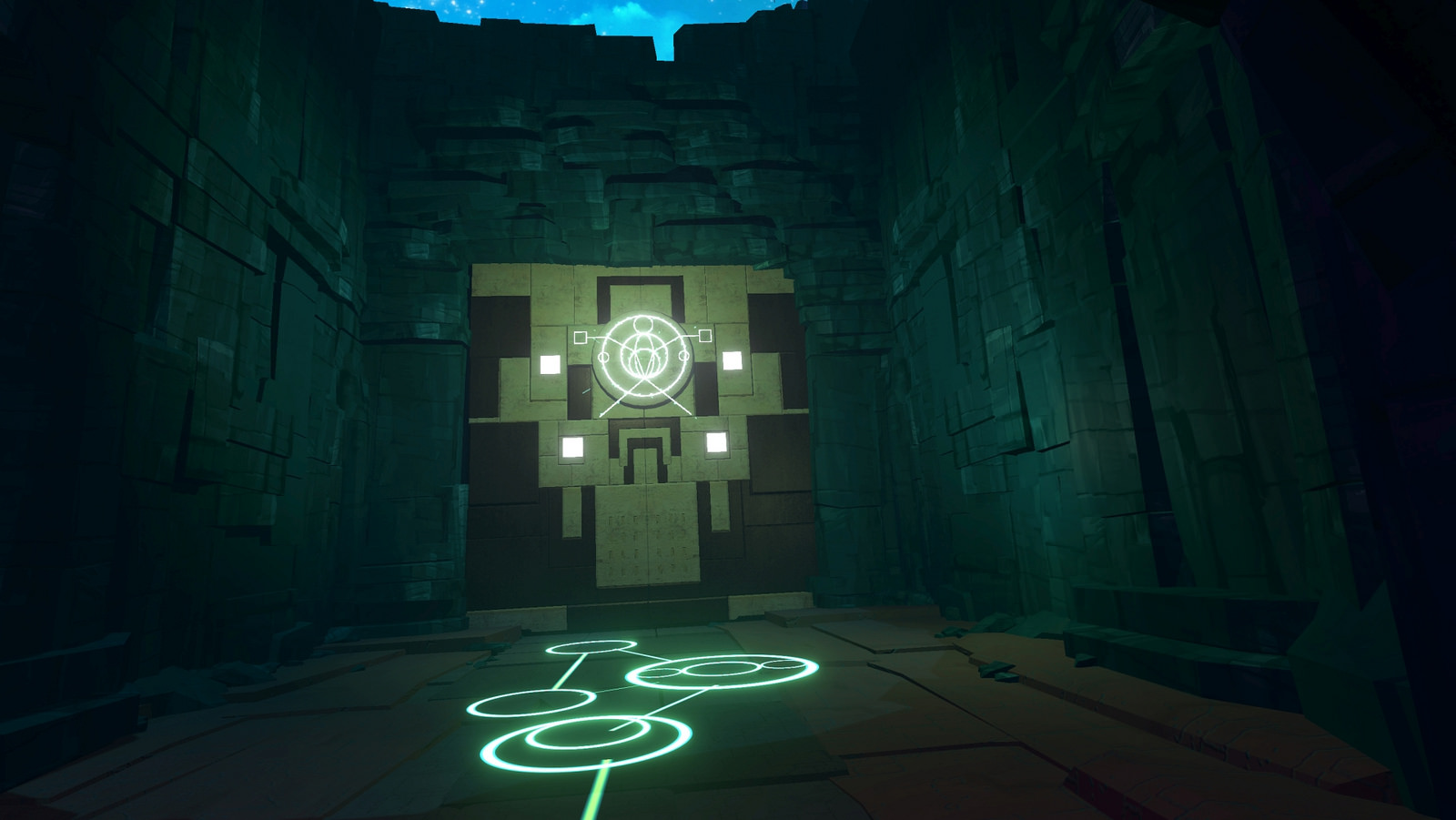You probably knew this about me, but I love VR. I think it’s the most amazing, wonderful technology that I can’t wait for everyone to have in their homes. But would I recommend that just anyone splash out $1,500 for an Oculus Rift or HTC Vive and the PC to support it? Definitely not. With those prices and other barriers to entry, first generation PC VR is a strictly enthusiast affair and will remain irrelevant to the masses for years to come. I’d even struggle to wholeheartedly recommend PlayStation VR (PSVR) at this point. But that doesn’t mean I wouldn’t recommend you get a headset at all.
Some might see mobile VR as the red headed stepchild of PC-based headsets. You obviously don’t have the same kind of horsepower running your experiences, tracking isn’t anywhere near as sophisticated, and input still has some way to go before it’s as immersive as an Oculus Touch or Vive Wands. When Gear VR first came out as a mainstream release in 2015 I still wouldn’t have said you should get one. But in recent weeks and months that’s changed. If a non-gamer asked me if they should get an Oculus Rift in this day and age I’d say not yet, and in the meantime I’d steer them towards Gear VR or Google Daydream, and there’s several reasons for that.
The Price Is Right
Leading mobile phones are ungodly expensive, but the industry as adapted to allow many to get their hands on the latest releases with contracts and financing programs. I would never even consider paying the £650 my Google Pixel is worth in one go, but in monthly instalments of £30 I find it quite affordable. Lots of people are in the same boat as me, and previous generation phones that supported VR are also getting cheaper all the time (though that’s perhaps not the best path to getting into mobile VR).
Headsets, meanwhile start from Daydream’s surprisingly cheap $79 and go up to about $125 for the new Gear VR and the controller. Now, obviously that isn’t money that just anyone can spend on a whim, but there’s a no doubt sizeable number of people that are already paying a price that suits that for a phone that supports a VR headset, and it’s not that much more of a leap to get that headset. If someone already had a Daydream-ready phone, I’d have no trouble saying they should get a View (or maybe wait for Huawei’s upcoming device), and if they were ready to upgrade their phone, I’d point them in the way of devices that support VR.
They’re Easier To Set Up
Every time I need to play my Rift or Vive there’s a good five to ten minutes of set up involved, and I have base stations and constellation trackers awkwardly dotted around my room. As wonderful as room scale is, I had to stack a chair on my bed, close the door, squeeze a washing bin into a gap between cupboards, and redo my room setup as the base stations have likely been knocked in the process.
Everytime I need my Daydream I just pull it over over my headset and sit on a swivel chair in the middle of my room. That’s it. The simplicity of setting up a mobile VR headset can’t be understated, and it’s one of the key reasons why I’d happily recommend one to less tech-savy people.
Input Is Improving
This is one of the main factors that has changed so much over the past year and a half. Gear VR’s touchpad is limited at best and compatible bluetooth gamepads are overly expensive. The new Wii-like motion controllers available for both that headset and Daydream devices have their fair share of issues, but they’re far more intuitive than gaze-based input and there are already some great examples of how they can be used to create compelling experiences, like Eclipse on Daydream.
There’s A Lot of Great Content
A few weeks ago I wrote about how Daydream’s library had matured into a platform for some of VR’s most obscure gems. About a year ago now I wrote a similar piece about how Gear VR’s catalogue had steadily improved, and that’s continued to remain the case in the year that’s followed. Frankly, some of VR’s best experiences are on mobile headsets, whether it’s the curious sci-fi thrills of Eclipse, or the fascinating discovery of Land’s End.
No, this content isn’t as graphically impressive or as sophisticated as what’s on Rift and Vive, but it’s certainly worthwhile


































